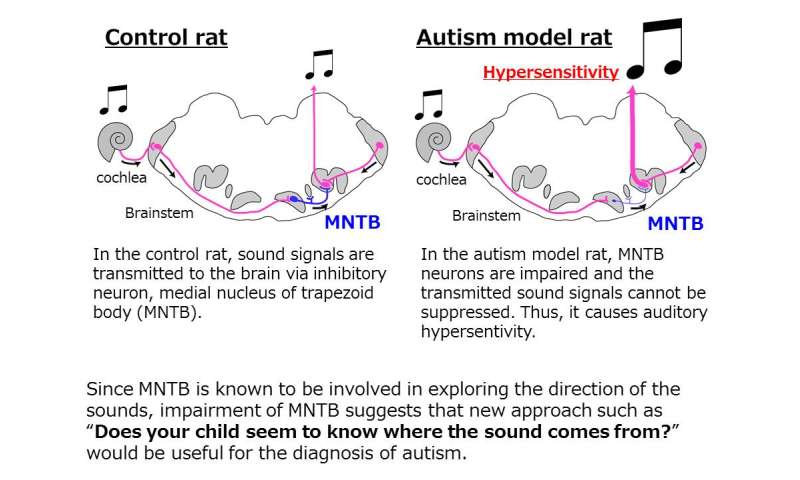
Teenagers may withdraw from social situations, display avoidance behaviors, and/or experience anxiety or depression. Younger children may use maladaptive behaviors that are disturbing to the classroom environment. These reactions can have significant psychosocial consequences. This could look like something as common as covering their ears but it may also appear like anxiety, obsessive or compulsive habits, avoidance, behavioral outbursts, or rapid changes in mood. The concern for hyperacusis comes later – when the sound is gone but the child is still extremely distressed. Their brains are growing and developing their own auditory map. It is considered developmentally appropriate for children to cover their ears in response to loud sounds. limbic system and amygdala = flight/fight response). recurrent ear infections and fluctuating hearing loss), development of sensory gating (ability to “filter out” unwanted stimuli), or use of non-classical auditory pathways for loudness perception (e.g. The physiology of this response is thought to be related to maturation of the auditory system that allows for improved intensity discrimination, temporary auditory deprivation (e.g. It can also be associated with conditions such as autism spectrum disorder (ASD), William’s Syndrome, or young children with developmental delays. It frequently occurs along with ringing in the ears (tinnitus) even in populations with normal hearing. Hyperacusis, while not typically associated with hearing loss, can be present in conjunction with a variety of diagnoses. In children with hyperacusis, their auditory tolerance is lower – meaning what sounds “loud but okay” to one person may be intolerable at a much softer volume. Our nervous systems ignore the unimportant information and we can move on without annoyance or negative reaction to the sound. The buzz of a vacuum cleaner or a fire alarm can be bothersome sounds but are usually easily ignored. No one person will experience pain in the same way as someone else and that is true for “auditory tolerance” as well. We all experience auditory input in our own way and our reactions change based on multiple factors, such as the environment or our mood. Think of hyperacusis as similar to pain tolerance. It should be noted that “misophonia” or a psychologically-based fear/extreme dislike of certain sounds, typically regardless of loudness, will not be addressed in this article but is another very valid sound sensitivity that can be treated with many of the same recommendations ( refer to misophonia resources). This is typically separate from loudness recruitment often associated with hearing loss. This article will primarily focus on what is called “hyperacusis” or an abnormal loudness perception in which every day sounds are perceived as extremely uncomfortable. So what are sound sensitivities and how can I provide services to these students? These difficulties tend to have nothing to do with hearing – so whose job is it to help them? As professionals in the field of audiology and deaf education, it is our duty to be the “auditory experts” and that means thinking above and beyond just hearing loss even if it feels like unfamiliar territory. All of these examples, no matter how minor or major, affect students’ abilities to succeed during the school day. It could be a teenager who becomes outwardly anxious when the school bell rings, or it could be more severe such as a student with autism who wears headphones to cope with extreme sensory overload. It could be a toddler who recently had pressure equalization (PE) tubes placed after having frequent ear infections and now covers her ears when she hears a loud sound. Many professionals in educational settings have encountered children with sound sensitivities. Self-Concept: How the Child with Hearing Loss Sees Himself.Self-Advocacy Skills for Students with Hearing Loss.Listening (Auditory Skills) Development.


Hearing Loss – Identification, Impact and Next Steps.Early Childhood: Infants, Toddlers, Preschool.Assessment of Student Skills, Challenges, Needs.He Failed Hearing Screening What’s Next.Opportunities with the Supporting Success Team.


 0 kommentar(er)
0 kommentar(er)
